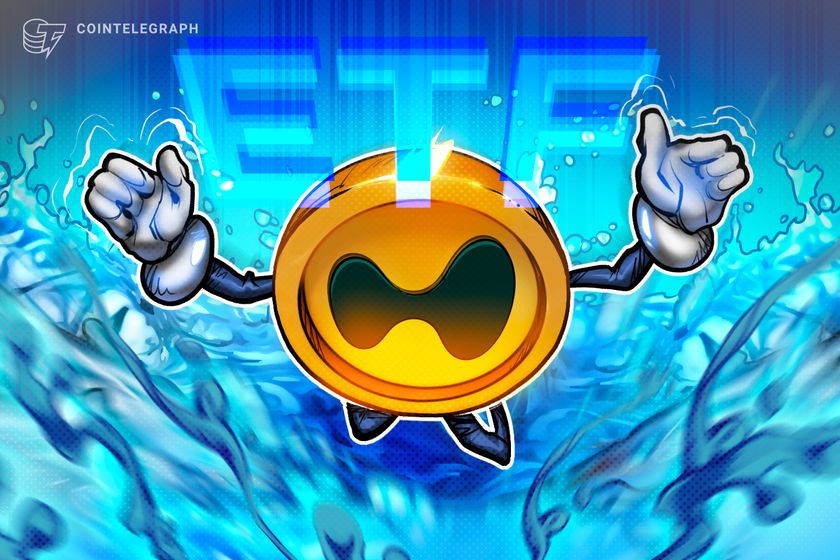Ethereum’s Fusaka Upgrade Hits Final Testnet – Mainnet Launch Locked for December 3
Ethereum’s much-anticipated Fusaka hard fork reached a major milestone on Tuesday with a successful deployment on the Hoodi testnet – its final testing phase before mainnet activation later this year.
The test, which went live around 18:53 UTC, was the completion of Ethereum’s three-stage simulation process following earlier activations on the Holesky and Sepolia testnets.
Fusaka Upgrade
According to the Ethereum Foundation, Fusaka’s mainnet rollout is expected at least 30 days after Hoodi’s activation, while developers tentatively target December 3. The main objective behind the upgrade is to strengthen Ethereum’s scalability, security, and cost efficiency, building on the groundwork laid by April’s Pectra upgrade.
Fusaka introduces a series of technical improvements spanning more than a dozen Ethereum Improvement Proposals (EIPs). Leading the list is the EIP-7594, or Peer Data Availability Sampling (PeerDAS), which enables validators to verify only portions of data, rather than entire “blobs,” and significantly reduces bandwidth demands and operational costs for validators and Layer 2 networks.
Other proposals, such as EIPs 7825 and 7935, will adjust gas limits to improve efficiency and prepare the network for parallel execution, while EIPs 7939 and 7951 boost performance and zero-knowledge proving support. These upgrades are designed to lower transaction costs for users and developers while setting the stage for the next phase of rollup scaling.
Ethereum client teams confirmed smooth progress following Hoodi’s activation. Nethermind stated
Road Ahead
Consensys also said that Fusaka “paves the way for parallel execution” and lays the foundation for future network advancements. The rollout will proceed in phases. Following the mainnet launch scheduled for December 3, blob capacity increase is expected to be on December 17, while a second hard fork to expand blob capacity further is slated for January 7, 2026.
Ethereum developers have already turned their focus to the next upgrade, dubbed “Glamsterdam,” which is expected to introduce faster block times and further scalability enhancements. Glamsterdam falls under the “Surge” stage of the network’s roadmap.
Meanwhile, ETH’s price remained fairly unfazed by the technical development. The altcoin recorded a fresh decline of almost 3% over the past 24 hours and is currently trading below $4,000.
The post Ethereum’s Fusaka Upgrade Hits Final Testnet – Mainnet Launch Locked for December 3 appeared first on CryptoPotato.
You May Also Like
Fed rate cuts loom! Make passive income with CryptoMiningFirm Cloud Mining

21Shares files HYPE ETF, Bitwise Solana ETF sees ‘huge number’ on day 2
21Shares has filed for a Hyperliquid ETF, while Bitwise’s Solana staking ETF has a big day of trading as investors perk their ears toward altcoins. Asset manager 21Shares is seeking to launch an exchange-traded fund (ETF) tracking the token behind the perpetual futures protocol and blockchain, Hyperliquid, amid growing Wall Street interest in alternative cryptocurrencies.The company filed for the 21Shares Hyperliquid ETF with the Securities and Exchange Commission on Wednesday, which did not disclose a ticker symbol or fee. Coinbase Custody and BitGo Trust were named as custodians.It follows a similar filing for a Hyperliquid (HYPE) ETF from Bitwise last month. The token gives discounts on the Hyperliquid decentralized exchange and is used to pay fees on its blockchain. It has increased in value over the past year, in line with the service’s growing popularity.Read more
